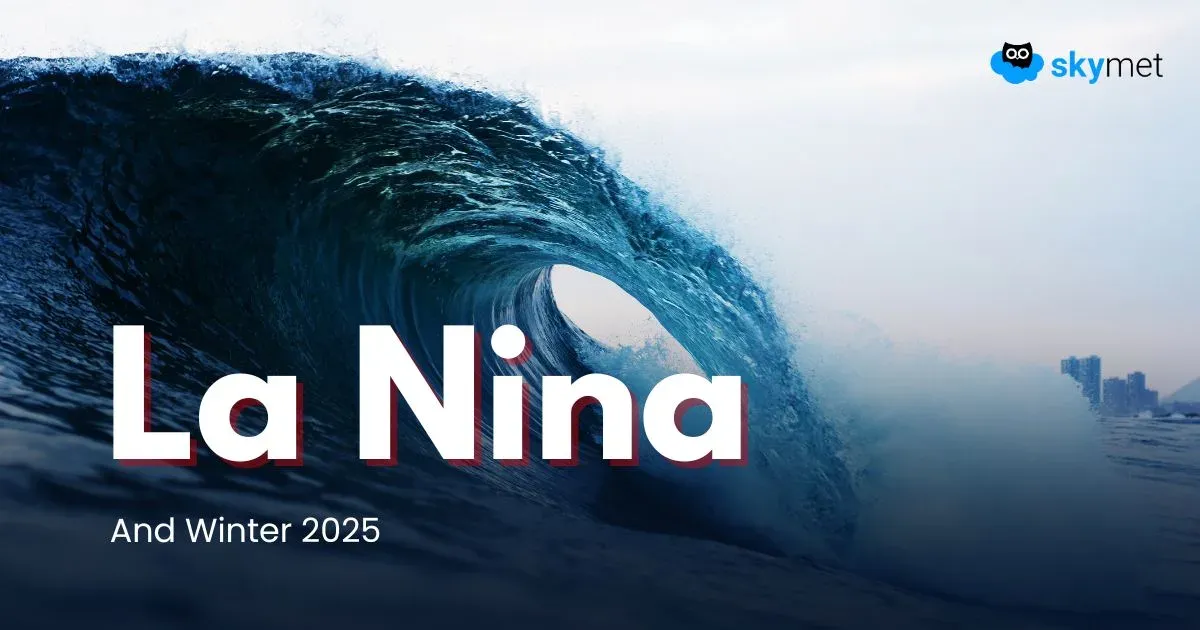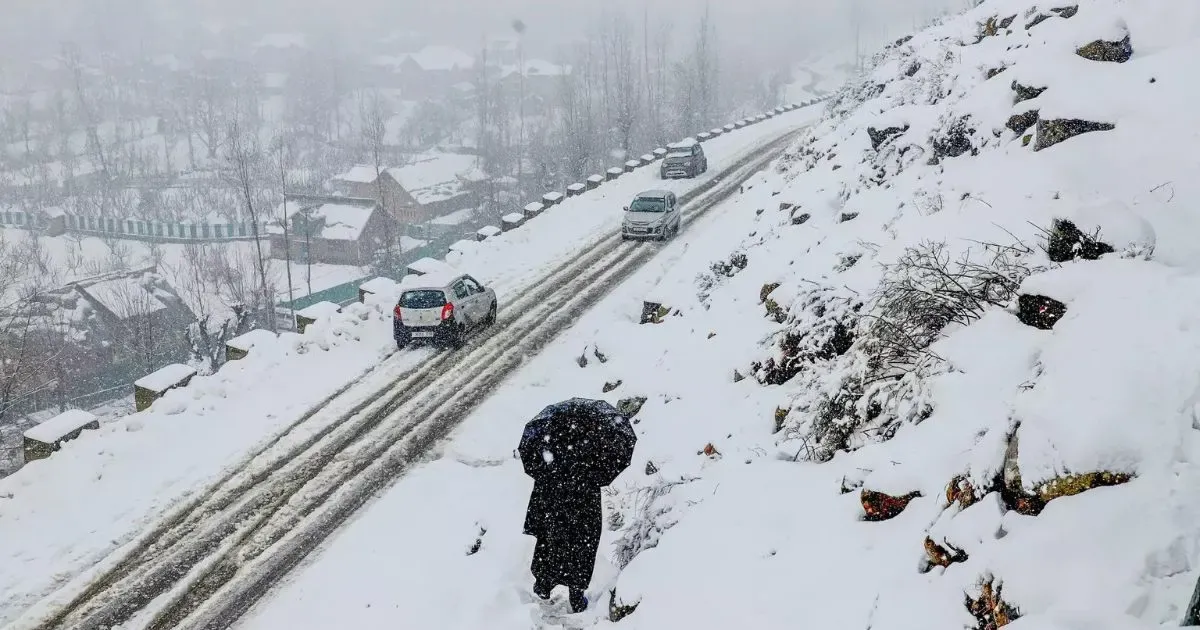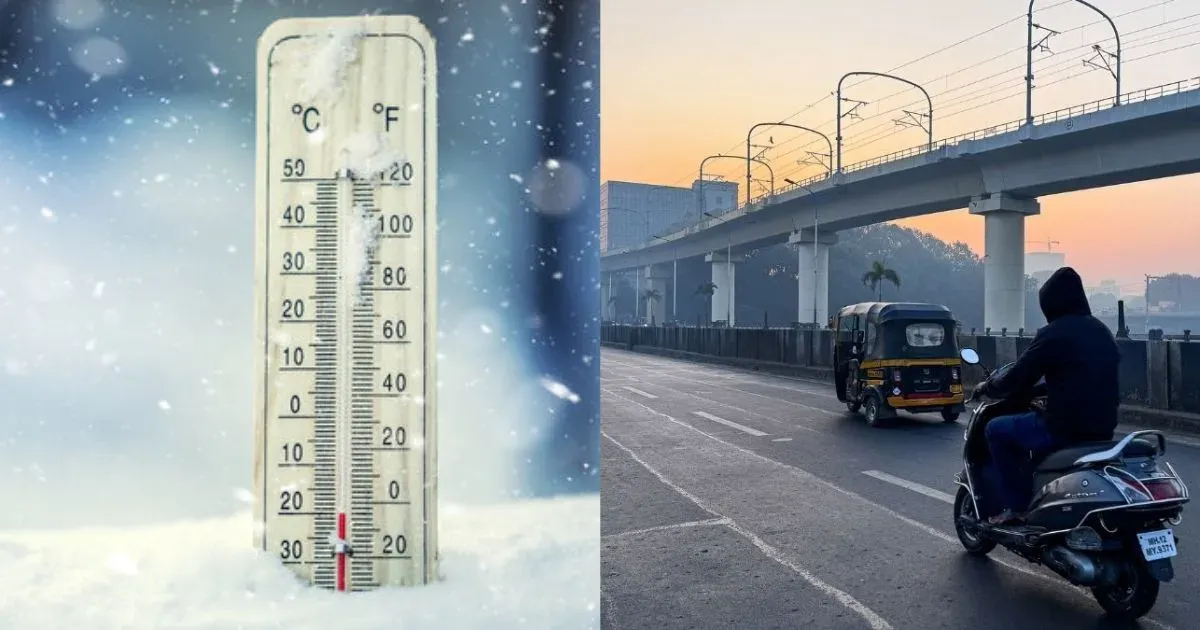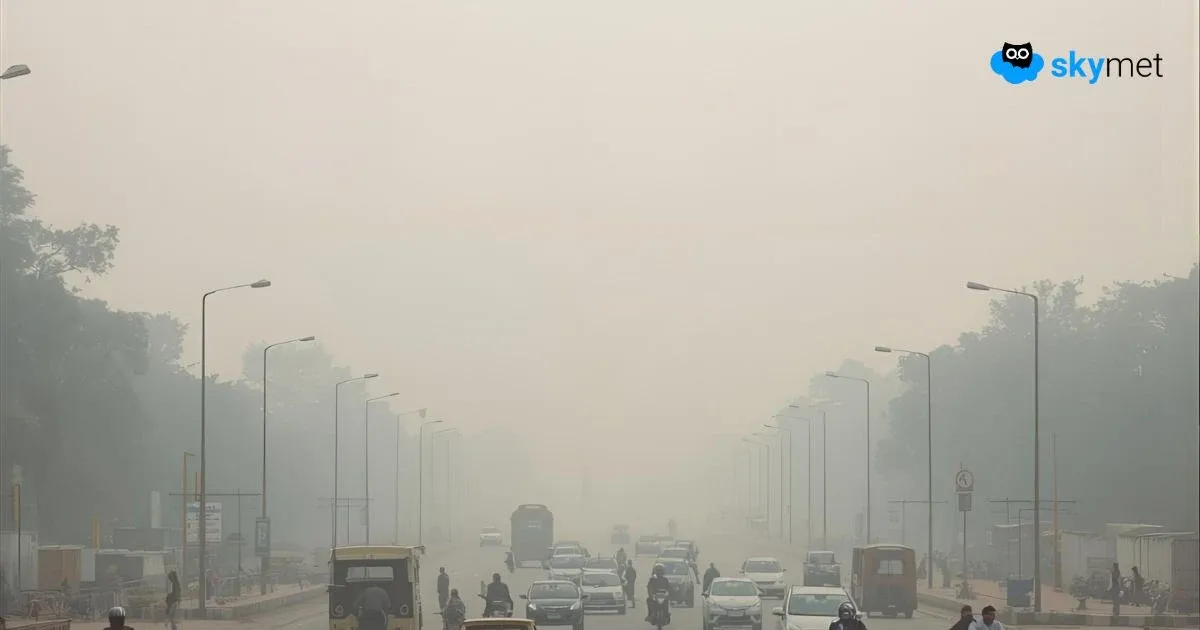'Modoki' La Nina Likely: Event May Fade In Next Quarter
Weak La Niña conditions continue to persist in the equatorial Pacific. Any major impact is unlikely, as the event will be rather brief and mild, too. The pattern emerging in the Pacific Ocean resembles the ‘Modoki’ La Niña. Unlike a regular La Niña, where the central and eastern Pacific are cooler than normal, a La Niña Modoki shows a cooler central Pacific and warmer anomalies in the eastern and the western regions. This variation, in a proper Modoki event, has the potential to impact the weather pattern differently compared to a standard La Niña event. The different temperature patterns can lead to unique weather impacts compared to a typical La Niña, potentially affecting rainfall patterns in different regions around the world. However, the conditions seem to be weak and mundane, this season. It is unlikely to have any adverse consequences.

ENSO: The La Niña Modiki event can occur when tropical ocean indices may not achieve a threshold in a classic La Niña pattern. It seems La Niña Modoki events are on the increase. A typical Modoki La Niña was last witnessed in 2016.

Temperature anomalies in the Nino region have been unsteady across the equatorial Pacific Ocean. Nino 4 and Nino 3.4 in the central Pacific are colder than average, albeit marginally. The other two indices, Nino 3 and Nino 1+2, on the eastern flank, have shown consistent warming over the last four weeks. Nino 3.4, the marker index for ONI, has persistently declined in magnitude over the last six weeks. From its highest value of -1.1°C on 30th Dec 2024, the index plunged to -0.2°C on 03rd Mar 2025. The ONI for the quarter Dec-Jan-Feb is likely to be around -0.6°C and therefore suggests a continuation of weak La Niña conditions.

IOD: The Indian Ocean Dipole is a climate pattern affecting the Indian Ocean and its ‘ring’ countries. During the positive phase, warm waters are pushed to the western parts of the Indian Ocean, while cold deep waters are brought up to the surface in the eastern Indian Ocean. This pattern is reversed during the negative phase of the IOD. The index has consistently declined from its positive threshold value of 0.46°C on 09th Feb 2025. The latest value of the index for the week ending 02nd Mar 2025 was +0.05°C. Even with the best of technical assistance, prediction of IOD beyond a lead time of 4 weeks lacks credibility.

MJO: The Madden-Julian Oscillation is likely to propagate eastward and enter the Indian Ocean in Phases 2 & 3 during the first half of March 2025. La Niña conditions appear to be weakening, as SSTs within the complete Niño region have witnessed an incremental rise. The MJO pulse will interact adversely with the weakening phase of La Niña. Significant and deep convective activity with reasonable cyclogenesis potential will remain confined to the south of the equator in the Indian Ocean. Tropical cyclone development is favored in the Eastern Indian Ocean on the northern periphery of Australia. Indian seas will generally remain quiet and benign.
Persistent drops in the central equatorial Pacific region continue to cast a shadow on the efficacy of the evolving La Niña. The event, as such, may or may not extend till the next quarter (Jan-Feb-Mar).

















